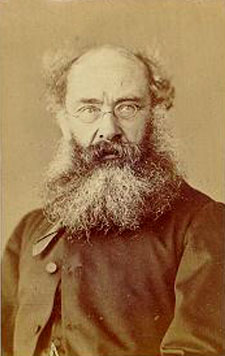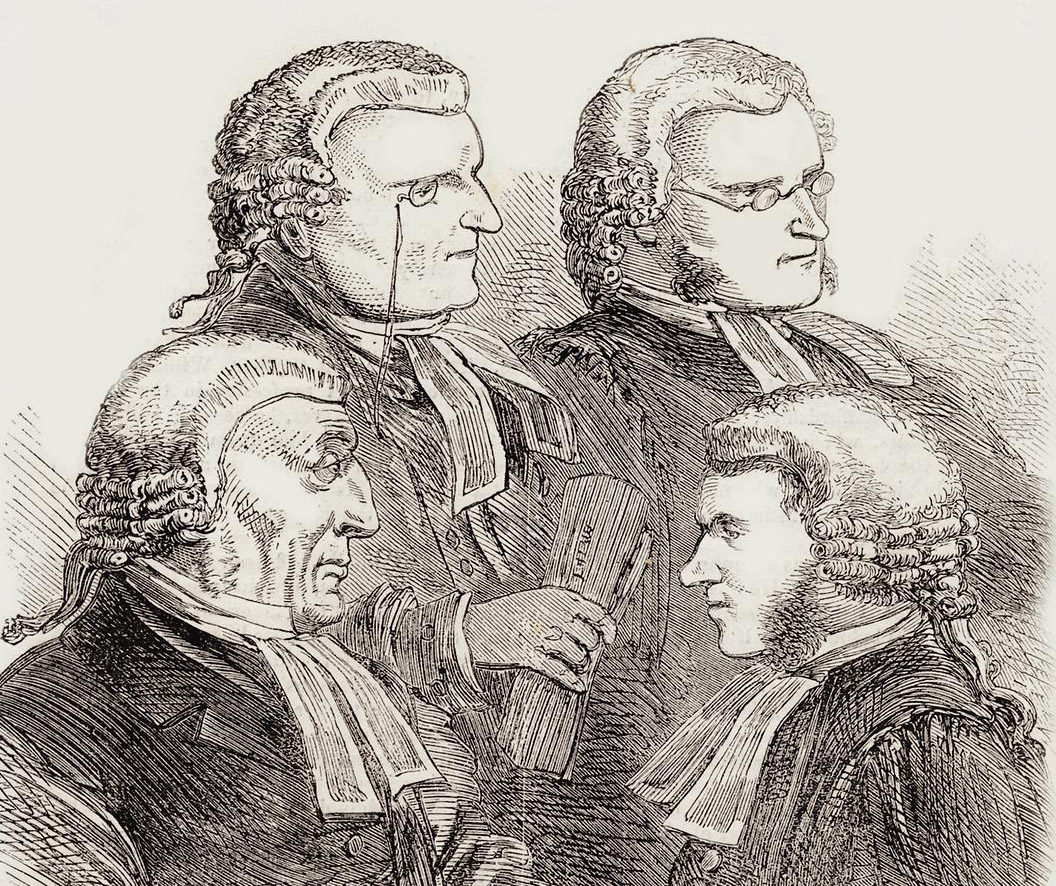There has, historically, been a presentation of Media
studies as something which is somehow easier or less worthy than the study of
history or literature. It has been
designated as the 'soft' option or somehow easier than literary engagement
because it related to a field of study which constitutes 'low culture.'
Despite the fact that I fall within what is arguably one of
the most stereotypically 'academic' fields, engaging with the classical English
canon of Dickens et al, I whole
heartily disagree with the disparagement of media and related fields as somehow
constituting 'low' culture.
Despite the current opinion of the Victorian novel, of Doyle
and Dicken's constituting some of the highest forms of cultural exposition, the
fact is that few of those who wrote novels that are now considered canonically
significant were attempting to write in some effort to create 'high'
culture. They were written for the
general public and serialised in papers and magazines for mass
consumption. In much the same way that
Shakespeare's plays were of contemporaneous universal appeal, so Dicken's in
his own time was 'Mister Popular Sentiment.'
They wrote mysteries, intrigues, thrillers, and bildunsgromen meant for
the delectation of the public and their perennial appeal is testimony to the
skill of their writers. In the 1996 film
Shakespeare in Love which, although
fictional, expressed the opinion of the period when playwrites were considered
'vegrants and peddlers of bombast' - and given the number of bawdy jokes in
Shakespeare's plays it is hardly surprising.
Literature was the 'media' of the past, they are ways of
representing the human experience in a way that it accessible to the common
man, and so it is perhaps time to re-imagine the definition of the 'canon of
literature' as the expression of imaginative culture to a 'canon of human
experience' which can encompass the new and adaptive media world in which we
now live. It is a world in which
internet fictions and collective story telling are as legitimate a
representation of writing talent as anything which is released from a publishing
house or where serialised television shows imagine the ideal human future in
the way that Star Trek or Doctor Who present man kinds engagement with the
universe in the same way that Margaret Cavendish's The Blazing World or 1984 expose the hopes and frailties of human
kind.
However, that is not to say that television and film, which
constitute the modern equivalent, have no way of entering the modern consciousness
in the same manner that Sherlock Holmes, Oliver Twist or even Macbeth have
become committed to the annals of history.
If canonicity if based upon the volume of contemporaneous uptake then
television shows like Seinfeld, Dallas, and friends will become part of the TV
age's cultural legacy; film series like Bat Man, Avatar, and Titanic will
represent the theatrical contribution of the digital generation. I do worry about the future literature
classes that will call for historical commentary on a generation which has 50
Shades of Grey and Twilight as top selling literary works but to turn up your nose at the study of the Media and related
fields is to prove yourself as short sighted as those who burnt books or banned
plays - they are the modern expression of imagination, as new and innovative as
plays or 3 volume novels were in their own times.
While not every play or book ever written is remembered;
those which best reflect human experiences have become the canon, we must be
careful not to lose a powerful tool of cultural examination, that will be used
by future generations, due to our own intellectual snobbery by consigning
television, film and games to the cultural scrape heap simply because we do not
see their immediate cultural significance.














